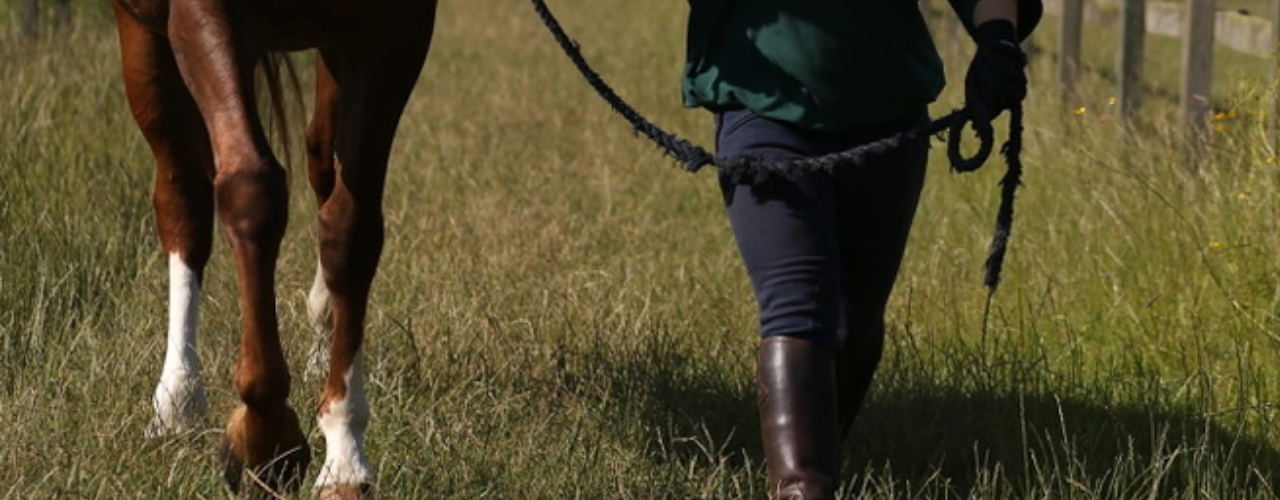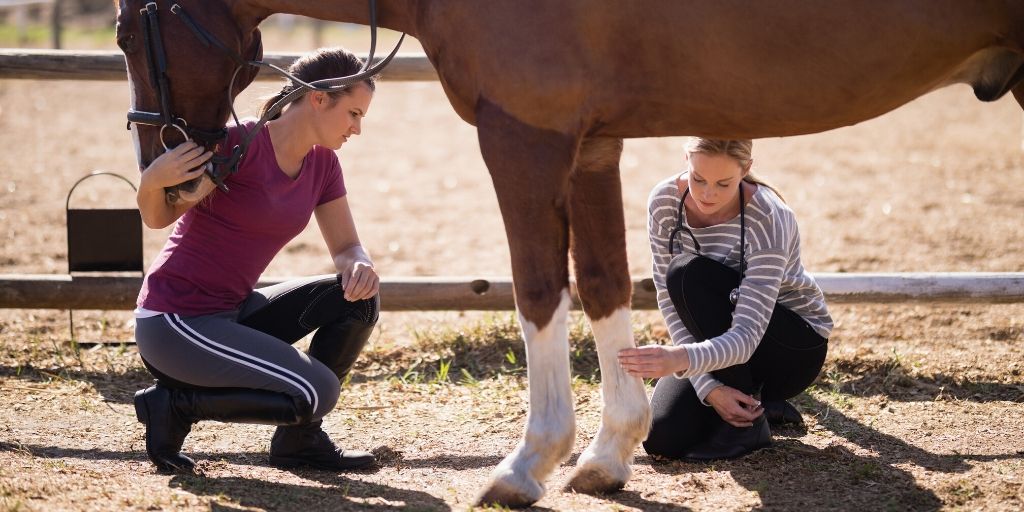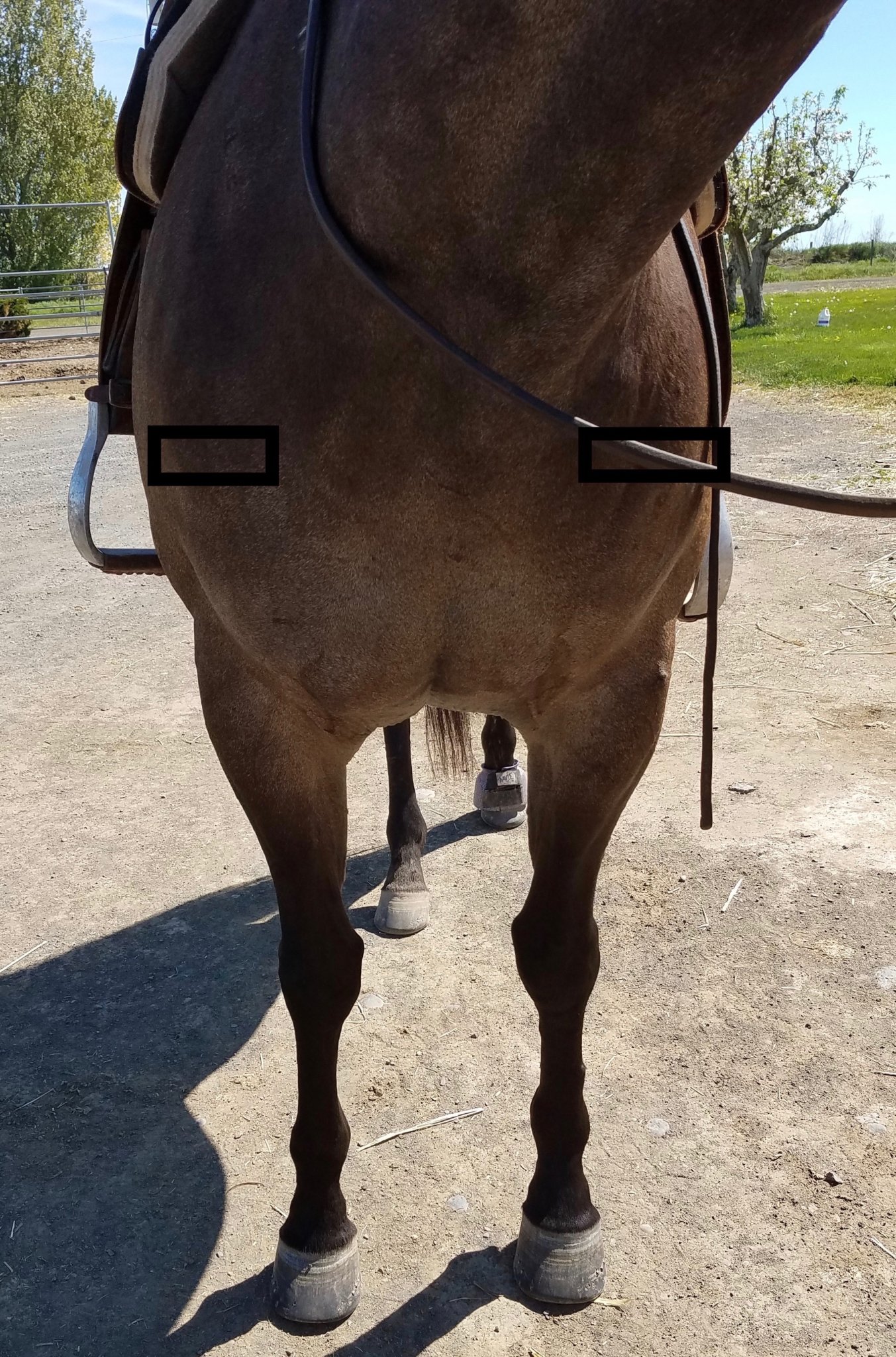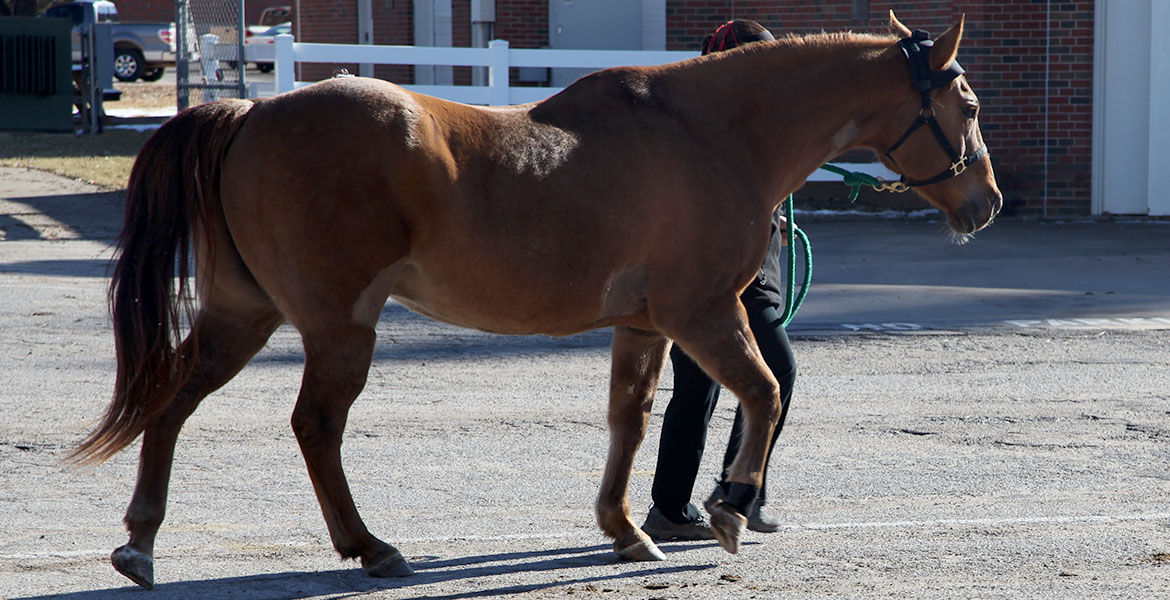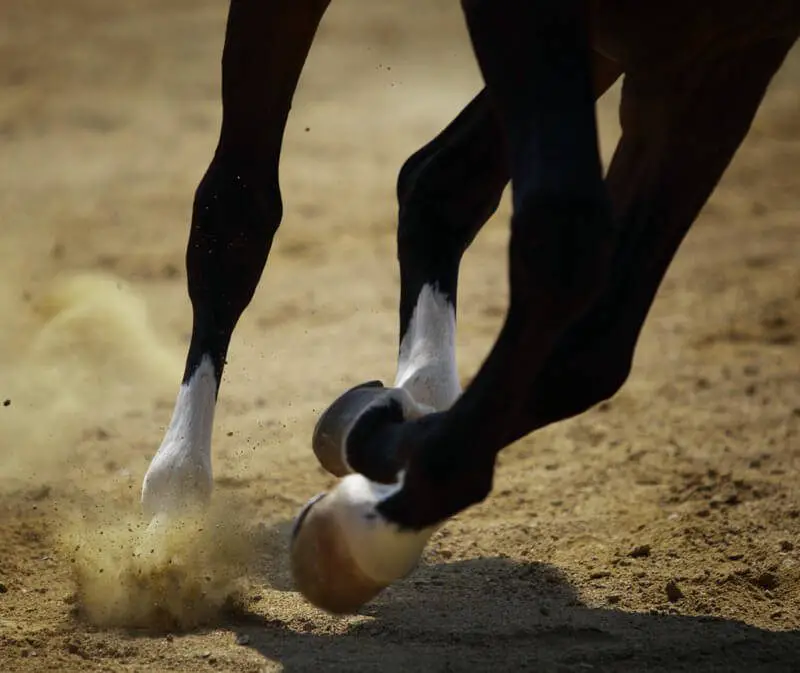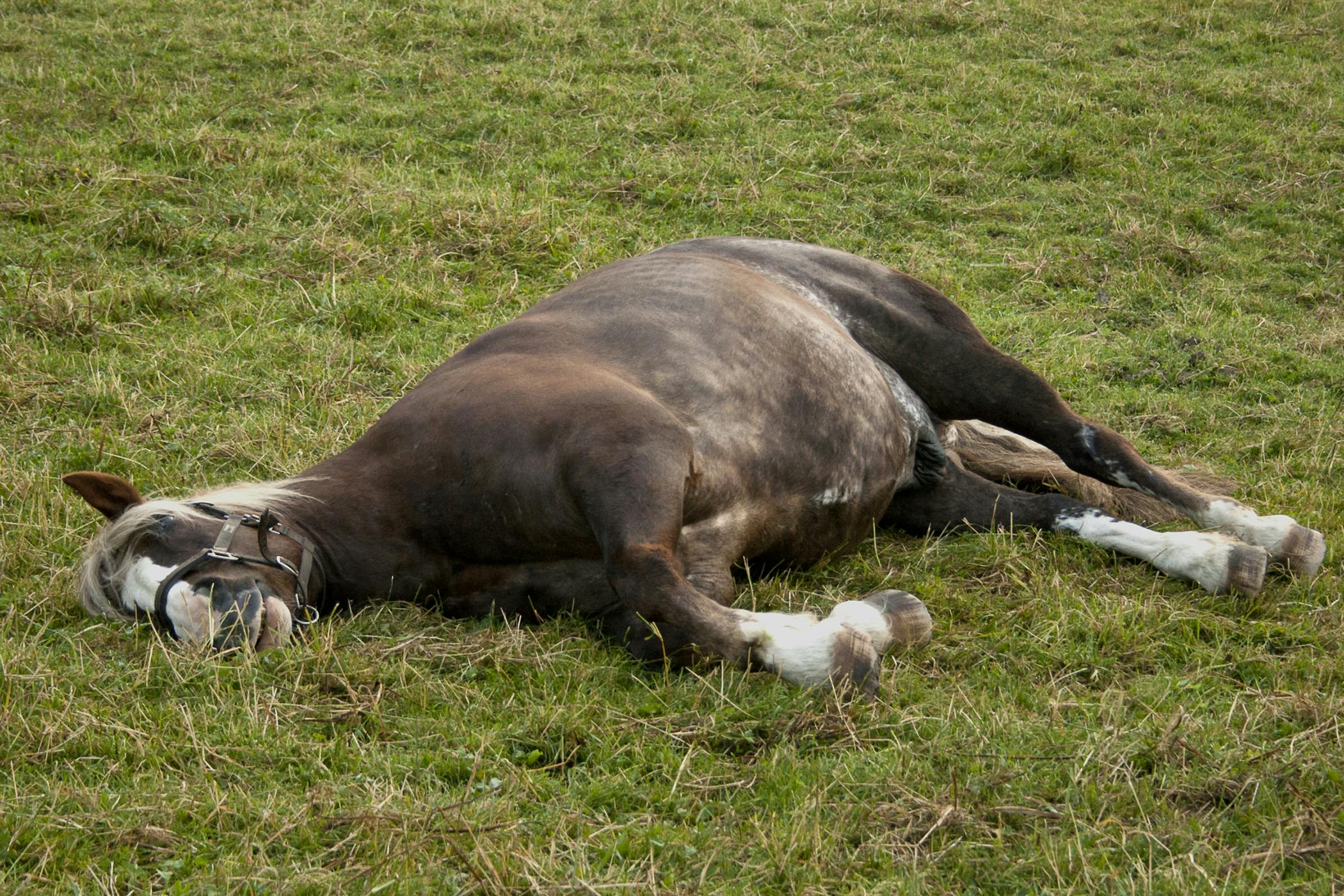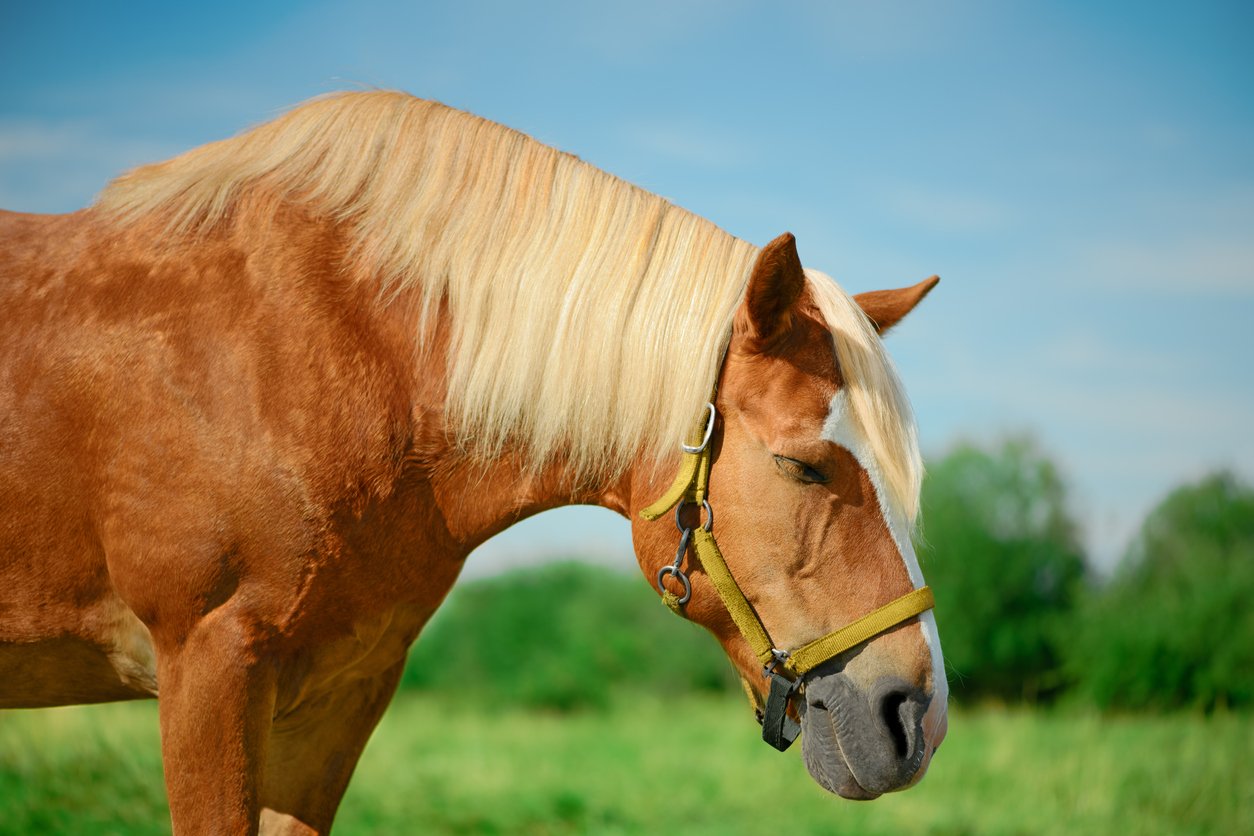What Everybody Ought To Know About How To Tell If Horse Is Lame
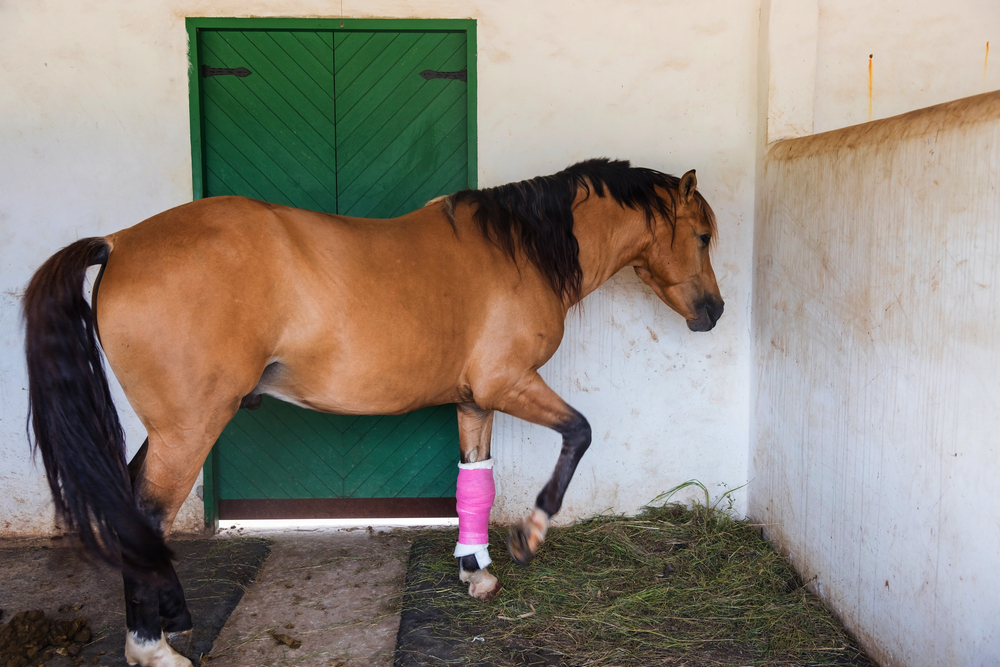
Result how can i tell if my horse is lame?
How to tell if horse is lame. Flexion tests can help to localize lameness and are often. Result you can usually tell if your horse is lame, by watching its gait. Detecting front or back lameness is like solving a puzzle.
This is when the horse raises. A lame horse will usually develop a limp, which is often recognisable by the bobbing of. Result 1 — barely detectable lameness at walk and trot 2 — mild lameness at walk, obvious lameness at trot 3 — obvious lameness at walk 4 — severe.
Because lameness is a change in the horse’s normal way of going, the best way to spot lameness is to be familiar with how. Look at the horse’s gait. If your horse is lame in front, you.
Your horse is lame in back. What is lameness in horses? Result how do you tell if a horse is lame in front or back?
Most common signs of lame horse include: Result how can you tell if a horse is lame? If something doesn't seem quite right about your horse, here are some suggestions on how to perform a basic.
Spotting a limp seems like it should be easy, but it’s not always the case. A lame horse is a horse whose has a sore or injured leg,. Issues such as abscesses, bruises, cracks, or laminitis can cause pain.
Result how can i tell if my horse is lame? Lameness in the hind legs or hooves is usually more subtle, but you can train your eyes to notice it. Can we normalise horses not being 100% all the time, but still being allowed to be.
Result once you have found which leg the horse is lame in you may be able to find the reason for the lameness. One of the most common causes of lameness in horses is hoof problems. Lameness can vary from mild to severe, so the.
Read on to find out, how to recognize the basic symptoms of lameness, what the top equine supplements. Check for swelling or heat. Result what does lame mean for a horse?
Look for signs of discomfort. Result they will observe the horse in hand and under saddle and note the most obvious lameness, followed by suspected compensatory lameness and secondary lameness. Using your eyes and your hands as you.
